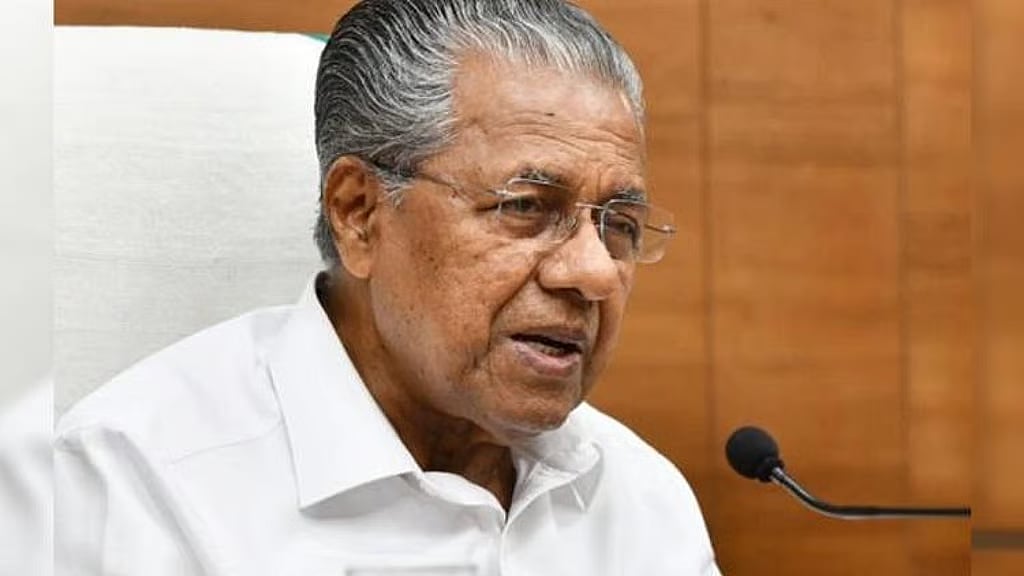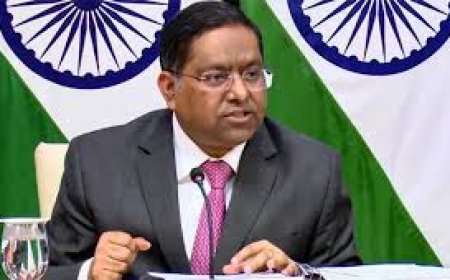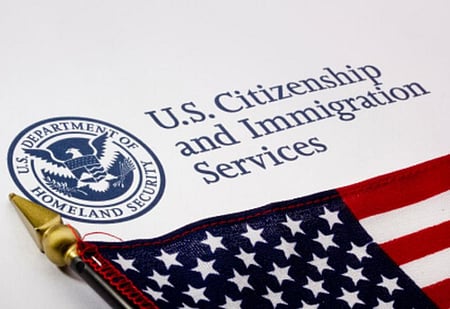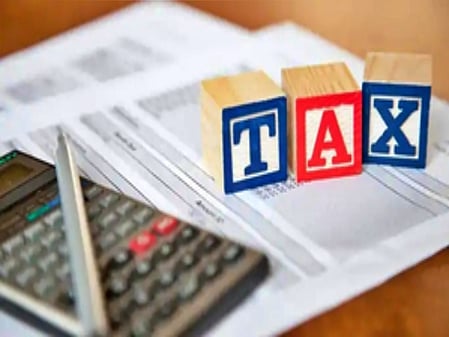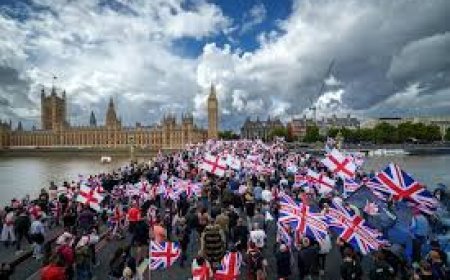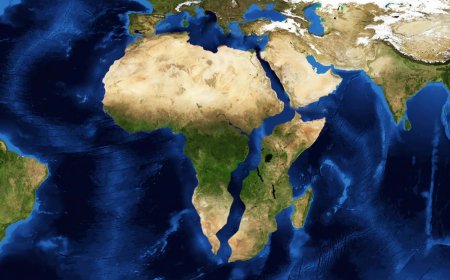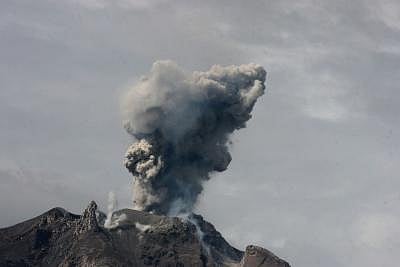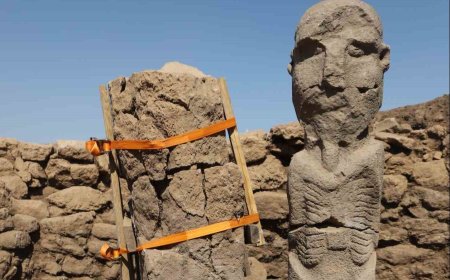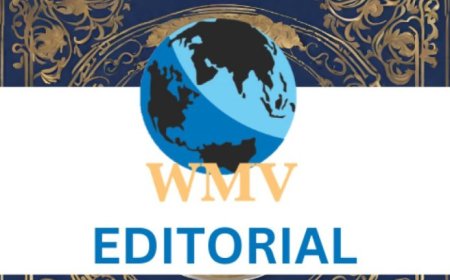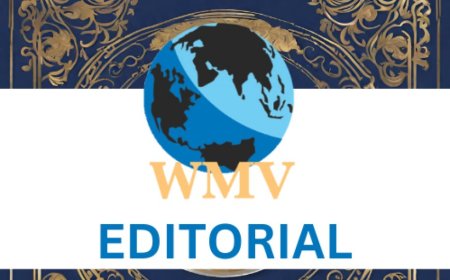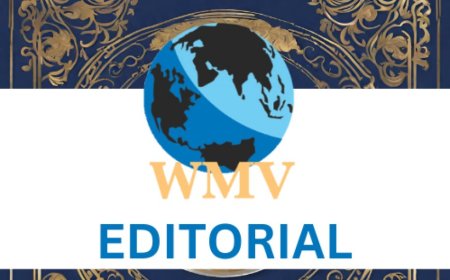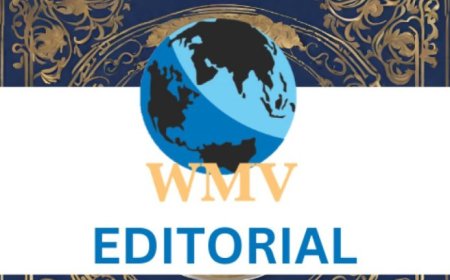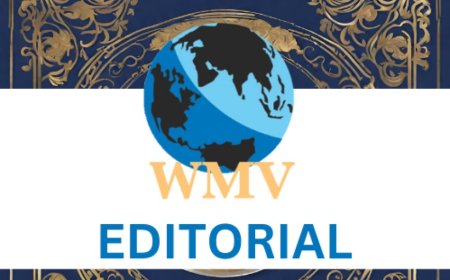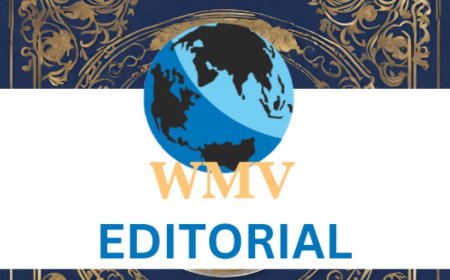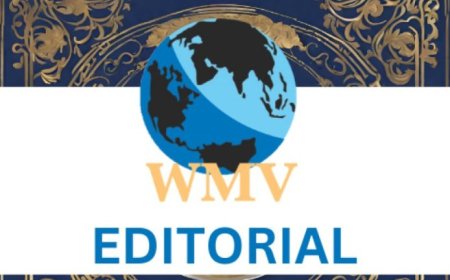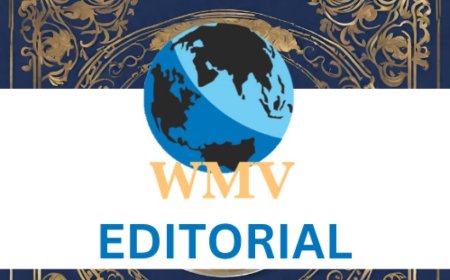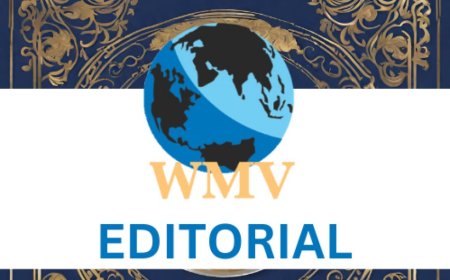Tariff, duties, import taxes and free trade
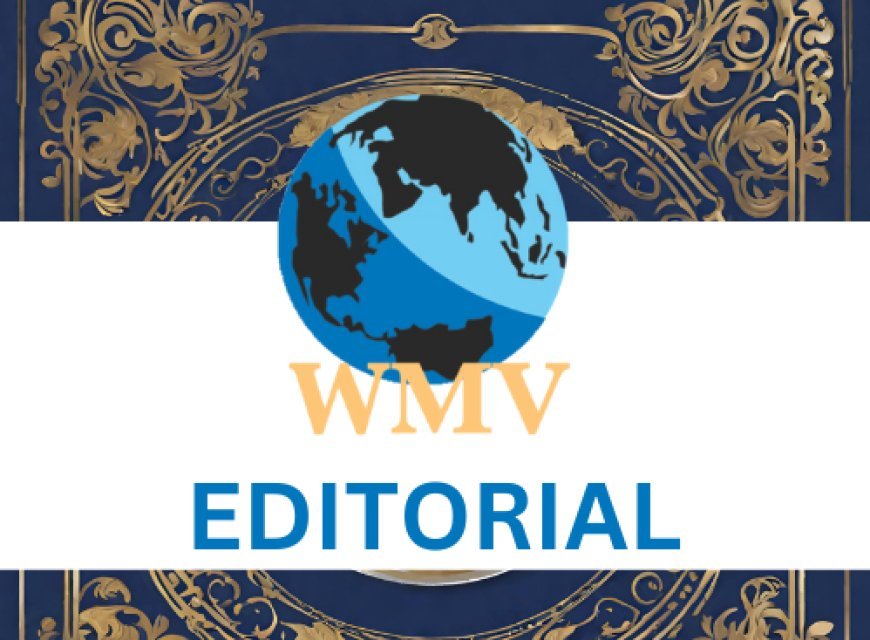
THE recent development of the US proposing tariff rates for imports from 185 countries was a shocking piece of global news.
In the US, the stock markets traded with values lowering much more than normal. This has brought attention to the general public in the USA and all over the world, and questions came up: What is a tariff? What does it do? And what are the impacts on global trade?
In case a country wants to restrict some goods or products to protect the local production and manufacturing, a tariff is imposed on those products as a fixed amount per quantity or percentage of the total value of the imports, for example, $500 per 1000 or 10 tons or 10% of the total value. The tariff increases the price of imported goods, thus becoming unattractive to purchase and eventually reducing imports. Tariff thus affects the exporting country's ability to export. Sometimes the exporting country reduces the price to offset the increase due to the tariff.
The major objective of tariffs is,
To raise revenue for the importing country
To protect domestic production
To protect domestic consumers
To protect the national interest
The side effects of the tariff are,
Domestic industries become less efficient and innovative by reducing competition
Lack of competition pushes up prices
Can create tension between domestic manufacturers
Start a trade war between countries.
When importing products from other countries, there is an import there are different payments, import taxes, customs duties and tariffs. Import taxes like VAT or GST are fixed rates calculated by the total value of the product imported into the country.
Duties are based on product characteristics, especially the HTS code and certificate of origin. Tariffs are fees applied to specific products from specific countries for specific times, which are normally determined through trade negotiations. Higher duties on imported goods and products theoretically boost local manufacturing. Lower duties often lead to consumers paying less.
US President Donald Trump initially imposed a 10 percent tariff on imported goods to the USA from most countries and higher rates for some countries and some imports like steel and aluminum. Later, Trump presented a giant cardboard chart detailing new tariffs for about 185 countries, which shocked many countries.
These rates were based on a simple calculation of trade. First, calculate the trade deficit, which is the total amount imported from the country minus the total amount exported to the country. The USA has a trade deficit with all countries.
The trade deficit is then divided by the amount imported and the result is divided by 2 to calculate the tariff for that country. For example, the trade deficit with China is $295 billion and total imports from China are $440 billion; 295 divided by 440 is 67 and for China, it is 34% added to the 20% originally imposed on China, to 54%.
Then the trade war started. China increased its tariff rate to the USA, the USA then raised it much higher. China raised it again and the USA raised it again. Now it is supposed to be 125% for USA goods to China and 145% for Chinese goods to the USA. The US and world stock markets were affected. The US president suddenly declared a 90-day moratorium on all new tariffs imposed and is currently negotiating with all countries.
Before this tariff war started, many countries had free trade agreements with the USA. A free trade agreement is a pact between two or more nations to reduce barriers to imports and exports among them.
Goods and services can be bought and sold across international borders with little or no government tariffs, quotas, subsidies or prohibitions to inhibit their exchange. The concept of free trade is the opposite of trade protections through tariffs or economic isolationism.
Free trade policy is often implemented by a formal and mutual agreement of the nations involved. Governments with free trade policies or agreements in place don’t necessarily abandon all control of imports or eliminate all protection policies. Few free trade agreements result in completely free trade in modern international trade.
Free trade on the international level is no different from trade between neighbors, towns and states. Tariffs, as was said earlier, are used to protect certain items produced or manufactured in a country from competition from other countries. Tariffs bring in money fr the country, which may be transferred to consumers by the importers, resulting in increased prices for the imported goods.



